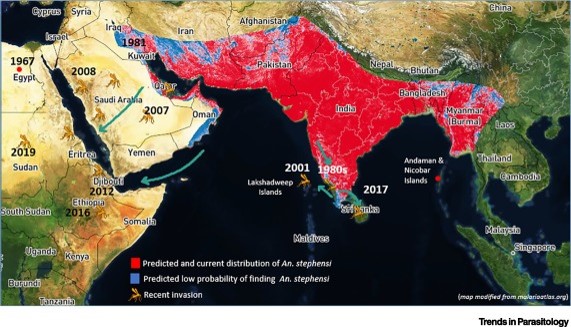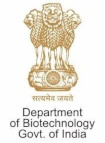Insectary Facility - News & events

The genome trilogy of Anopheles stephensi, an urban malaria vector, reveals structure of a locus associated with adaptation to environmental heterogeneity
Scientists have unveiled the detailed genome of the malaria mosquito vector, revealing thousands of new genes vital for the development of genetic control strategies of disease transmission. The researchers, including those from Tata Institute for Genetics and Society (TIGS), and Institute of Bioinformatics and Applied Biotechnology, both in Bengaluru, noted that mosquito-transmitted malaria is the leading global killer among vector-borne diseases, claiming over 400,000 human lives in 2019. Read more
(https://doi.org/10.1038/s41598-022-07462-3).


Anopheles stephensi (Asian Malaria Mosquito)
Anopheles stephensi originated in Southeast Asia and the Arabian Peninsula. It has recently emerged as an efficient and invasive urban malaria vector. There are three known forms, 'type', 'intermediate', and 'mysorensis', of which the type and intermediate forms are efficient vectors in both rural and urban environments. Typical breeding sites are artificial containers, such as domestic wells, cisterns, overhead water tanks, and roof gutters, with clean and unpolluted water allowing rapid expansion to urban environments. Read more.

A Unique Facility for Mosquito Research in the Country
Ever since the Tata Institute for Genetics and Society (TIGS) began in 2017, studying the lives, habitats, biology, and behavior of disease-causing mosquitoes has been one of our primary goals. The TIGS Insectary, situated within the Institute for Stem Cell Science and Regenerative Medicine (inStem), Bangalore, has been key in facilitating this research. Read more.


